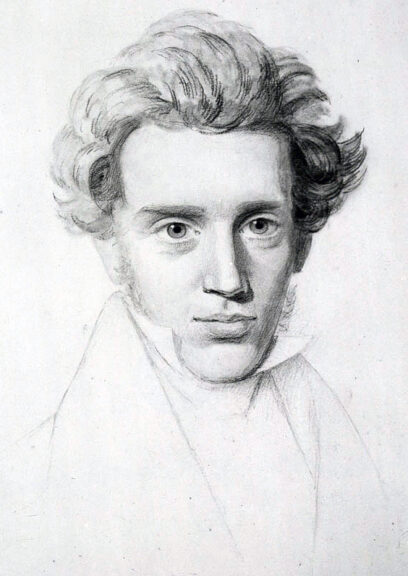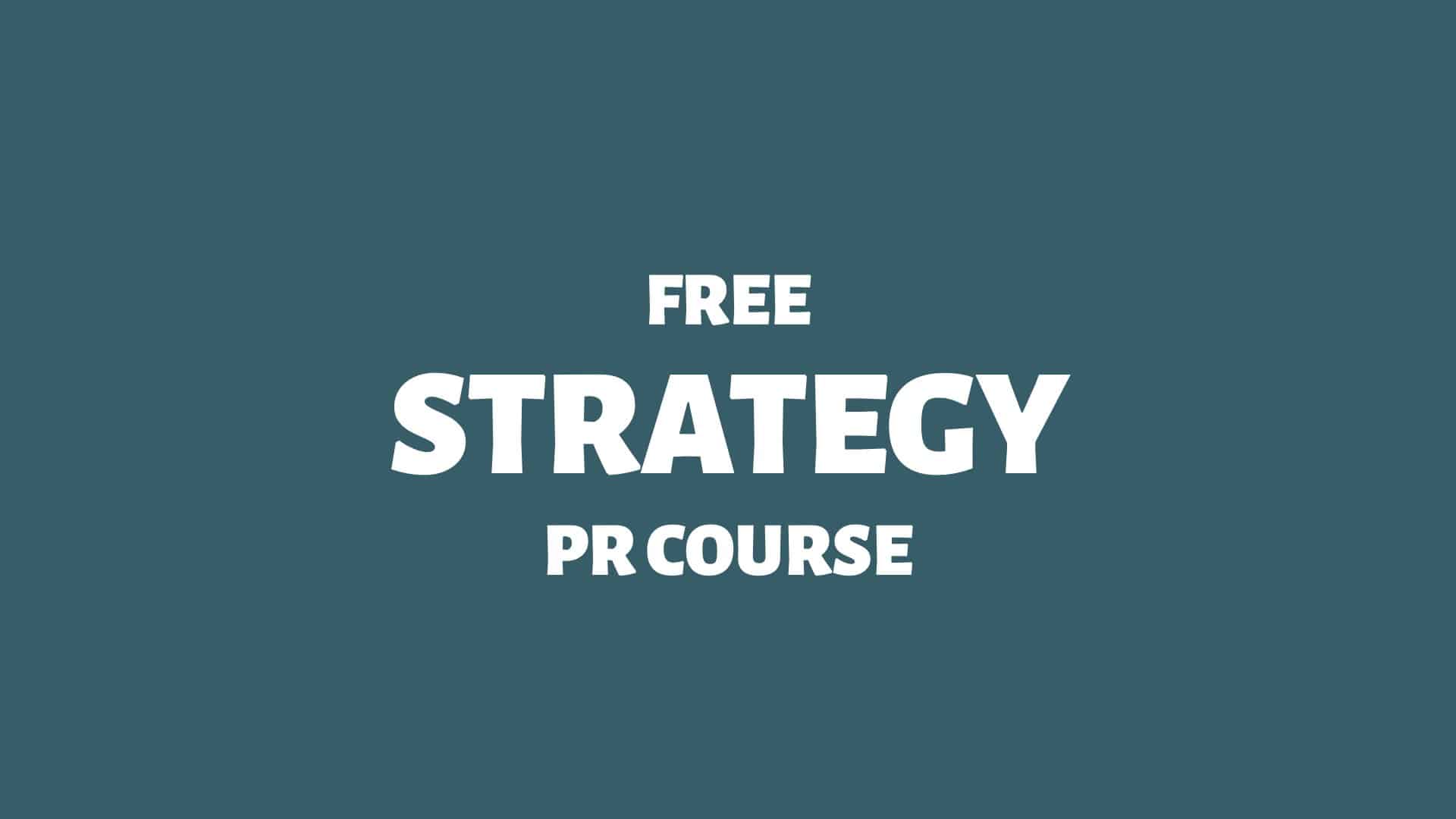Thought leadership might be the right PR strategy for you.
What does thought leadership entail?
What does it take to become a thought leader?
What are the pros and cons of being a thought leader?
In this blog post, I’ll explore the principles of thought leadership as a PR strategy.
Here we go:
The Thought Leader and the Expert
Being considered a “thought leader” in your industry ought to sound appealing to many driven professionals with decent amounts of expertise within their fields. Some experts will go for the easy route by simply presenting themselves as such on social media. But that’s a far cry from being considered a thought leader by a community of peers.
Being an expert is based on what you know. Being a thought leader is based on your status as a game-changer within your professional field. While all thought leaders are experts in some way or another, not all experts can be thought leaders.
All professional fields evolve over time. To be a thought leader, it’s not enough to reside at the forefront of what’s going on in your industry. You must also be regarded as someone whose ideas constantly push your entire field’s evolution forward.
An expert can deepen their expertise by acquiring more existing knowledge. A thought leader, however, must create new knowledge.
Creating Knew Knowledge
While thought leadership is a challenging PR strategy, it could also be seen as a major opportunity. The difficulty level will make it almost impossible for competitors to successfully challenge your position.
“Thought leadership, including PR, is a key strategy for building trust in global markets, leading to new products, market expansion, and company profits.”
Source: Journal of Public Relations Research 1Bourne, C. (2015). Thought Leadership as a Trust Strategy in Global Markets: Goldman Sachs’ Promotion of the ‘BRICs’ in the Marketplace of Ideas. Journal of Public Relations Research, 27, 322 — … Continue reading
Thought leaders must continuously probe existing challenges to find brand-new solutions. They must reshape current narratives and reframe old problems. They must always seek to destabilise the status quo. Their job is not to describe change but to be the change.
A thought leader is a visionary with a following and a track record of creating new knowledge. There is a “before” the thought leader — and an “after.”
To be clear:
This isn’t a PR strategy for the faint of heart.
How do I create thought leaders? Well, I don’t. However, I sometimes encounter individuals with thought leader potential. If I do, then (and only then), I suggest positioning a thought leader as a viable PR strategy.
Existentialism: Thought Leadership, Advisory, and Education
Regarding thought leadership, advisory, and education, I often remind myself of the beautiful words of the Danish existentialist Søren Kierkegaard (1813 – 1855): 2Søren Kierkegaard. (2023, November 27). In Wikipedia. https://en.wikipedia.org/wiki/S%C3%B8ren_Kierkegaard

According to Kierkegaard, servitude is the foundation for success for all aspiring thought leaders, advisers, salespeople, and educators:
“If one is truly to succeed in leading a person to a specific place, one must first and foremost take care to find him where he is and begin there.
This is the secret in the entire art of helping.
Anyone who cannot do this is himself under a delusion if he thinks he is able to help someone else. In order truly to help someone else, I must understand more than he — but certainly first and foremost understand what he understands.
If I do not do that, my greater understanding does not help him. If I nevertheless want to assert my greater understanding, then it is because I am vain or proud, then basically instead of benefiting him I really want to be admired by him.
But all true helping begins with a humbling.
The helper must first humble himself under the person he wants to help and thereby understand that to help is not to dominate but to serve, that to help is a not to be the most dominating but the most patient, that to help is a willingness for the time being to put up with being in the wrong and not understanding what the other understands.”
— Søren Kierkegaard (1813 – 1855)
Learn more: Existentialism for PR Advisers
Thought Leadership in PR
A PR strategy based on a thought leadership program must always adhere to these basic principles:
These principles not only define the ethos of a thought leader but also serve as a guide for those aspiring to become influential figures in their respective domains.

THANKS FOR READING.
Need PR help? Hire me here.

What should you study next?
Spin Academy | Online PR Courses

Spin’s PR School: Free Strategy PR Course
Unlock the power of strategic public relations with this free Strategy PR Course. Elevate your skills and boost your career today.
Public Relations Strategy 101
Public Relations Strategies
Grey-Hat PR Strategies
Learn more: All Free PR Courses
💡 Subscribe and get a free ebook on how to get better PR.

Annotations
| 1 | Bourne, C. (2015). Thought Leadership as a Trust Strategy in Global Markets: Goldman Sachs’ Promotion of the ‘BRICs’ in the Marketplace of Ideas. Journal of Public Relations Research, 27, 322 — 336. https://doi.org/10.1080/1062726X.2015.1027772 |
|---|---|
| 2 | Søren Kierkegaard. (2023, November 27). In Wikipedia. https://en.wikipedia.org/wiki/S%C3%B8ren_Kierkegaard |


